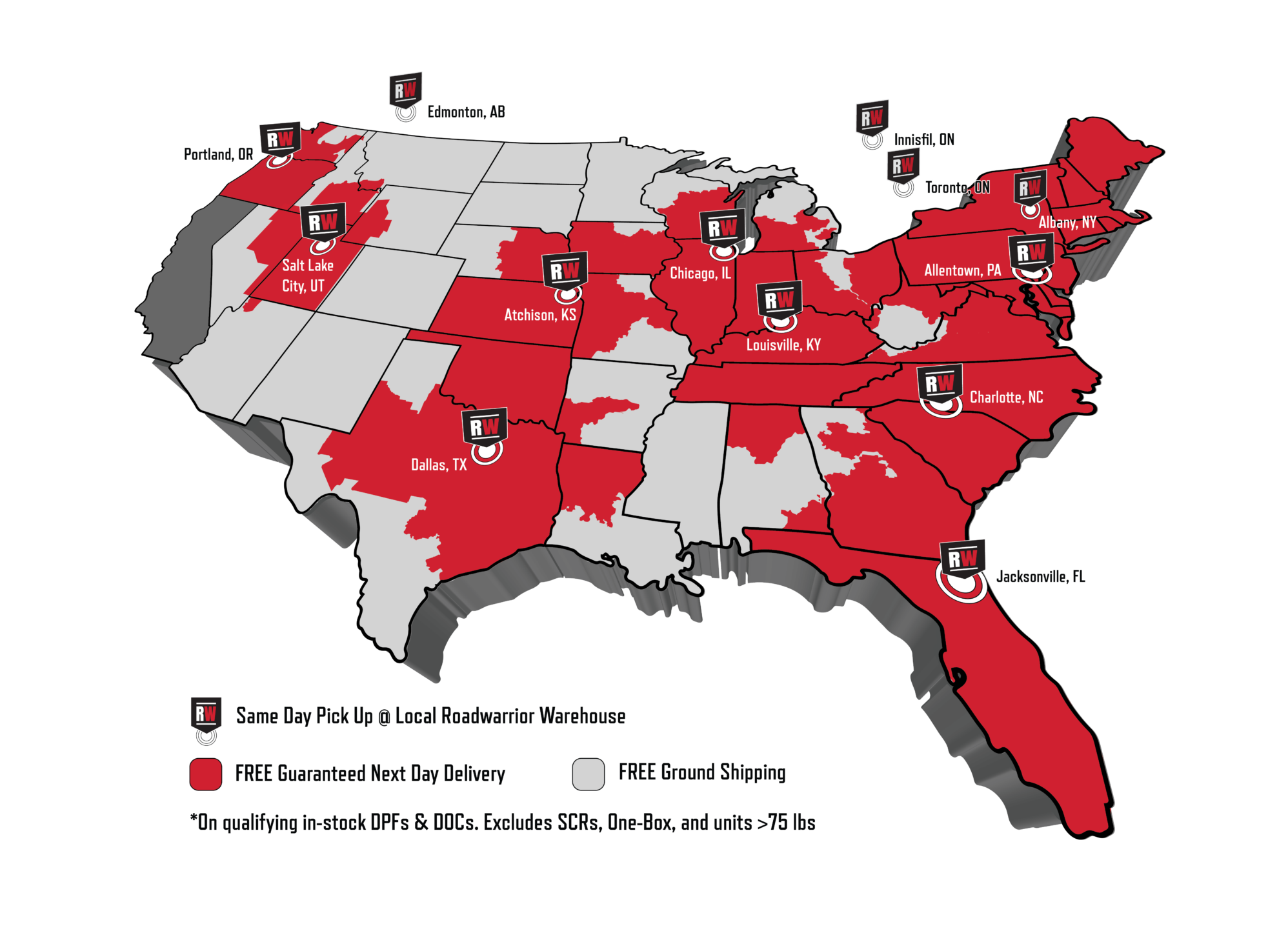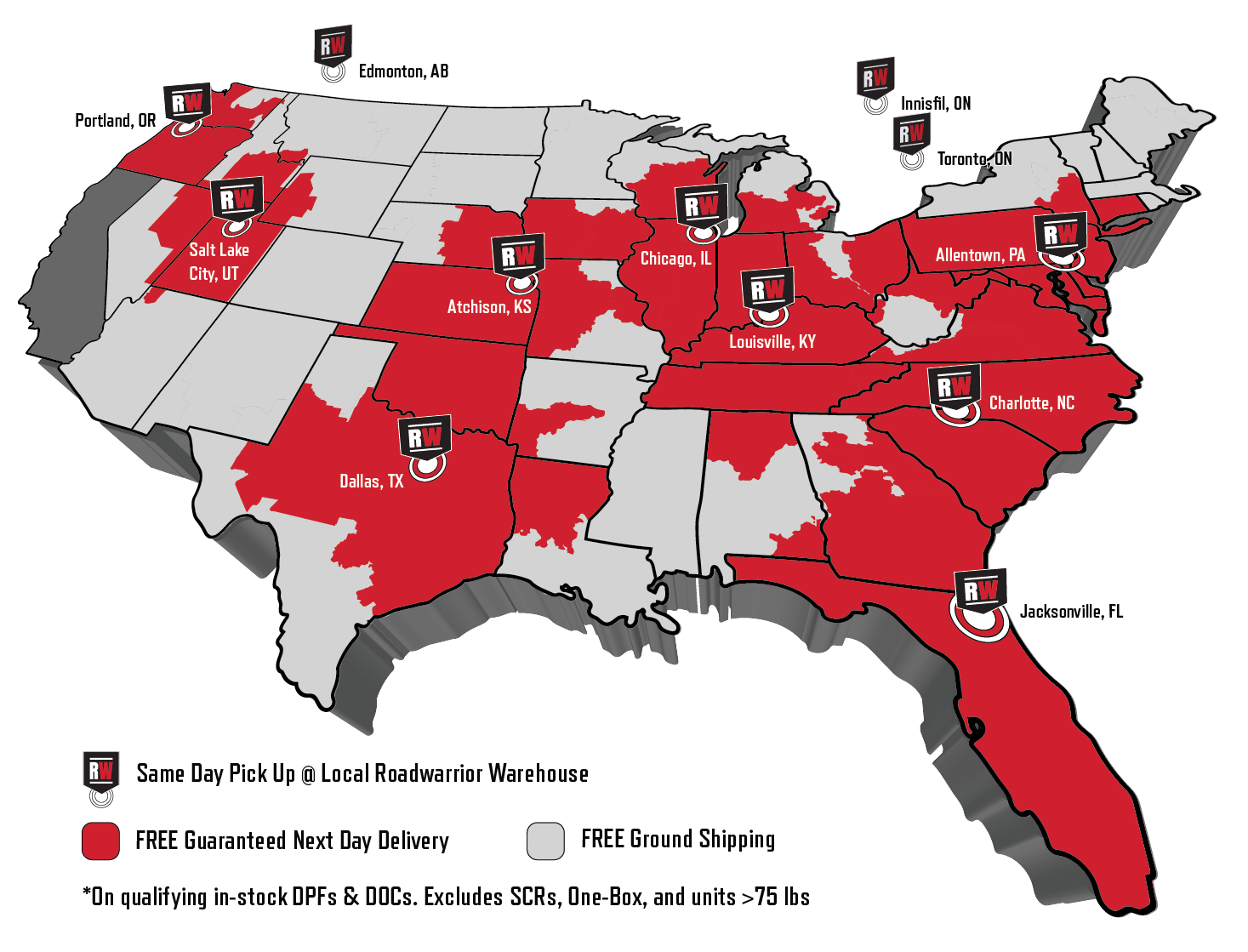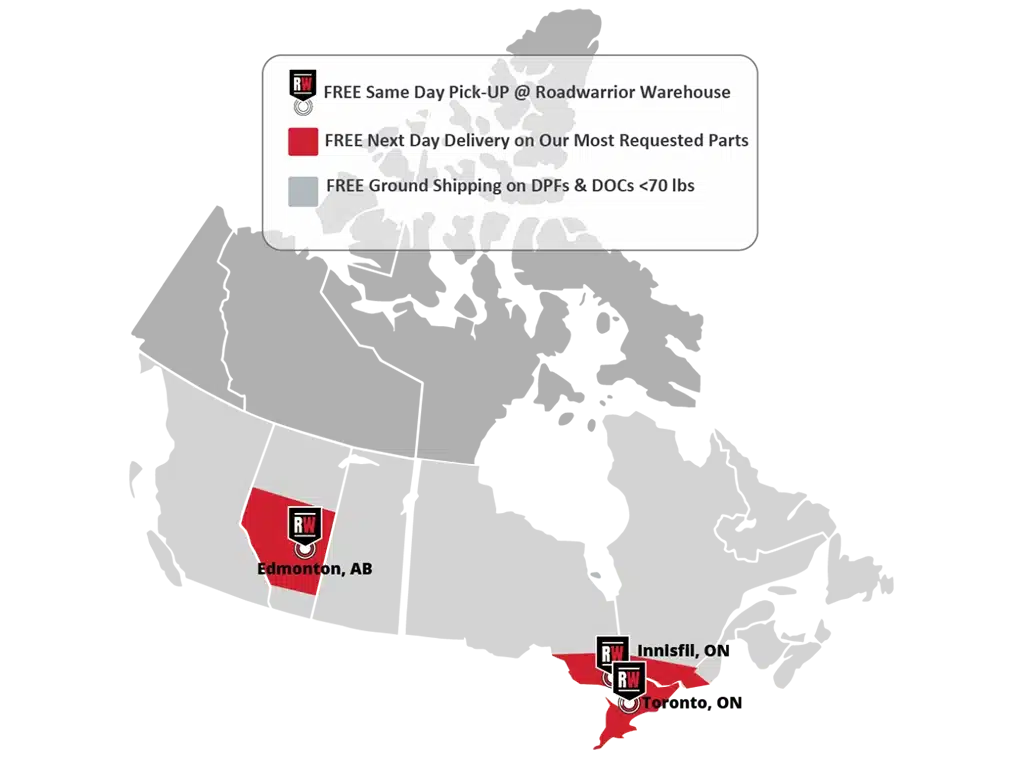As truck manufacture and design develops, heavy-duty trucks have become more and more computerized. When working on post-2010 trucks, mechanics usually start by scanning for fault codes with a scan tool, or OBD scanner. But these tools aren’t just useful for mechanics. Whether you’re an owner-operator interested in DIY truck repairs, or a driver wanting to scan DTCs that crop up while you’re on the job, a code reader or scan tool is a valuable asset! More advanced diagnostic equipment is more expensive though, so you’ll have to balance your needs and your budget.
The Differences Between Diagnostic Tools Made Simple!
Most diagnostic tools plug into your truck’s connector port to read error codes from your ECU/ECM and key sensors. Most light- and medium-duty trucks have OBD2 ports, while heavy-duty trucks tend to have 9-pin (or even 6-pin) connector ports. This isn’t always the case though—some Volvo and Mack HD trucks have OBD2 connector ports. Most HD scan tools come with an adaptor so they can work with OBD2 or 9-pin connector ports, but you should check your truck’s port type before you invest in a scan tool.
If you have a post-2016 HD truck with a 9-pin adapter, you should also check whether its connector port is green or black. The new green connector ports are more efficient, with double the speed (500kbs instead of 250kbs). However, some older scan tools and code readers aren’t able to read 500kbs. To prevent ports or scan tools being damaged, incompatible tools and cables won’t fit into the new green connector ports. You can find out more about the difference in this informative article by Diesel Laptops.
What Is a Truck Code Reader?
A truck code reader is a basic plug-and-play tool that reads and displays fault codes (DTC codes). Its only functions are to read and clear codes. The major benefits of truck code readers are that they’re much cheaper than scan tools and very easy to use. They’re sufficient for basic code scanning, but aren’t nearly as accurate as scan tools and provide far less detail.
Basic truck code readers often can’t tell you the exact nature, cause and location of the problem. This is a major drawback, because if you can’t accurately pinpoint the root of a problem, you may replace the wrong parts and make expensive repairs unnecessarily. Code readers also don’t offer freeze-frame data, diagnostic-monitor updates, or truck-health data. This makes it much harder to confirm whether repairs have fixed the problem for good, or just put a band-aid on it.

What is a Heavy-Duty Truck Scan Tool?
A scan tool is a much more advanced diagnostic tool than a truck code reader. It reads and clears basic fault codes like a code reader, but it also lets you read pending, generic and OEM-specific fault codes. More than this, a heavy-duty truck scan tool describes the exact location and nature of the fault and provides detailed truck diagnostics to help you track down its cause. This includes freeze-frame data, readiness-monitor status, and diagnostic data about your truck’s supporting systems.
The most advanced diagnostic tools and scan tools connect to specialized diagnostic laptops, but these are very expensive. A diagnostic laptop can cost several thousand dollars and they’re mostly used by professional mechanics. A mid-range scan tool that can hook up to a smartphone or tablet is a better, more budget-friendly option for owner-operators and small fleet managers.
What is the Difference Between an OBD1 and OBD2 Scanner?
An OBD1 scanner is a basic OEM-specific diagnostic tool that scans fault codes in cars made from 1988–1996. A more advanced system called OBD2 was mandated in lightweight vehicles like cars in 1996 and medium-weight vehicles (including trucks) in 2005. The new heavy-duty truck scan tool OBD HD, designed for trucks weighing more than 6,400 kg, wasn’t mandated until 2010. OBD2 and OBD HD provide advanced diagnostics, including data on aftertreatment efficiency.
Find out more about Roadwarrior’s heavy-duty truck scan tool the Diesel Decoder here.






